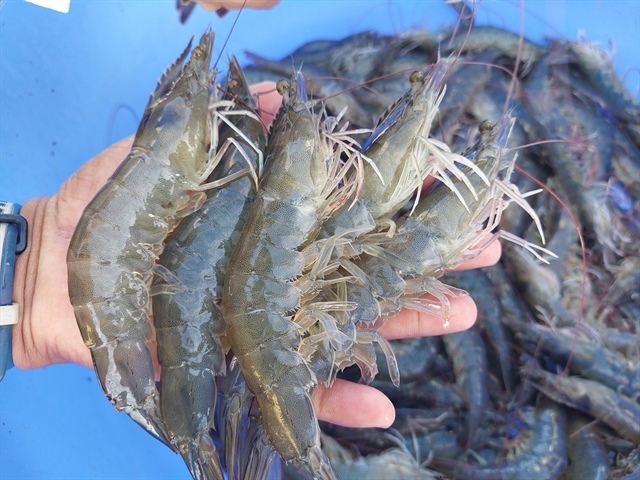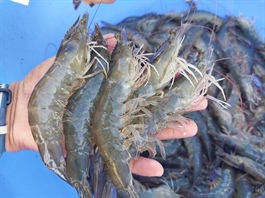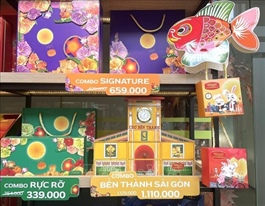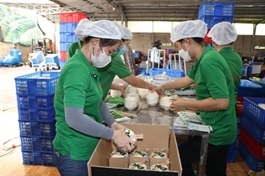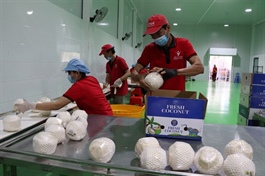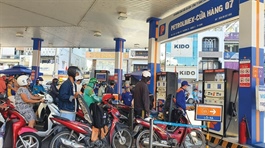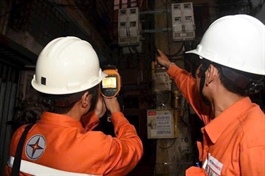Fuel fight as Việt Nam’s tough new mileage rules face pushback
Fuel fight as Việt Nam’s tough new mileage rules face pushback
The draft fuel economy standards at 4.83 litres per 100 km by 2030 must push nearly all gasoline – powered car models off the market, Vietnam Automobile Manufacturers Association (VAMA) said, calling for a roadmap with softer fuel economy rules.
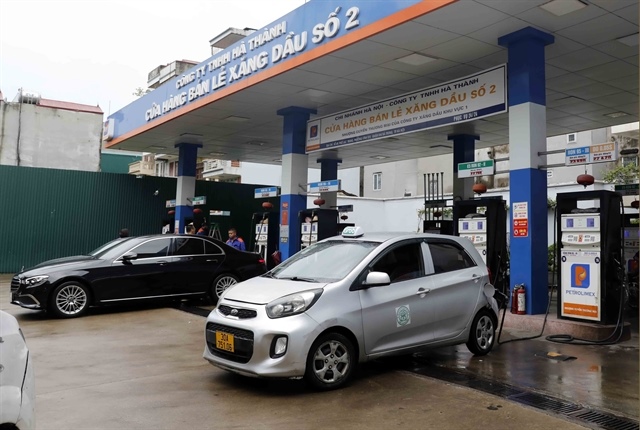
A petrol station in Hà Nội. The Ministry of Construction's proposed fuel economy standards at 4.83 litres per 100 km by 2030 is said to cause disruptions to the domestic automobile industry. — VNA/VNS Photo Trần Việt |
Việt Nam’s draft fuel economy standard of 4.83 litres per 100km by 2030 threatens to phase out nearly all petrol-powered cars, the Vietnam Automobile Manufacturers Association (VAMA) has warned, urging for a more gradual roadmap.
The proposed national standard, recently opened for public consultation by the Ministry of Construction, forms part of the country’s drive to cut greenhouse gas emissions on the path to achieving Net Zero by 2050.
Under the draft regulation, all new passenger cars manufactured, assembled or imported into Việt Nam must meet a minimum fuel efficiency of 4.83 litres per 100km.
However, VAMA criticised the target as excessively stringent, warning it would have a profound impact on the industry and fundamentally reshape Việt Nam’s automobile market.
Citing a recent study, VAMA highlighted that at the proposed 4.83-litre benchmark, 96 per cent of internal combustion engine vehicles and 14 per cent of hybrid cars currently sold in Việt Nam would fail to comply.
Most VAMA members would be unable to meet the proposed fuel economy standard in the first year or even by 2030, despite efforts to upgrade technology, the association said.
With the fuel economy standard set at 4.83 litres per 100km, carmakers would have to halt sales of up to 97 per cent of existing gasoline-powered models. To maintain current sales volumes, they would need to boost production of hybrid and electric vehicles by 868 per cent within just five years.
Such scenarios are nearly impossible, VAMA said, adding that the charging infrastructure and grid capacity have yet to meet the demand for switching to electric vehicles.
The domestic automobile industry would face major disruptions, the association warned, calling for a roadmap with fuel economy standards of 6.7 litres per 100 km by 2027, 6.5 litres by 2028, 6.3 litres by 2029 and 6 litres by 2030.
Under this roadmap, automakers would still need to reduce gasoline-powered vehicle output by around 34 per cent and increase electric vehicle production by at least 366 per cent, which are considered more achievable targets. Việt Nam could also reduce 15.66 million tonnes of carbon dioxide by 2030 while easing market shocks compared with the 4.83 litres scenario.
The American Automotive Policy Council (AAPC) said the standard of 6 litres per 100 km by 2030 is reasonable and the 4.83 litres level should be considered only after 2035. The Japan Automobile Manufacturers Association also backed the 6 litres per 100km target.
Nguyễn Minh Đồng, who works at Volkswagen’s design and testing centre, said imposing fuel economy standards should go hand in hand with upgrading fuel quality standards. He added that engine performance depends significantly on whether cars are supplied with the right quality of fuel.
He said Việt Nam should consider adopting international emission standards such as Euro 5 or Euro 6 and give automakers at least two years to prepare.
The Ministry of Construction said further consideration would be given to ensure Việt Nam meets its emission reduction commitments while maintaining stability in the domestic automobile industry.
- 10:43 17/09/2025


